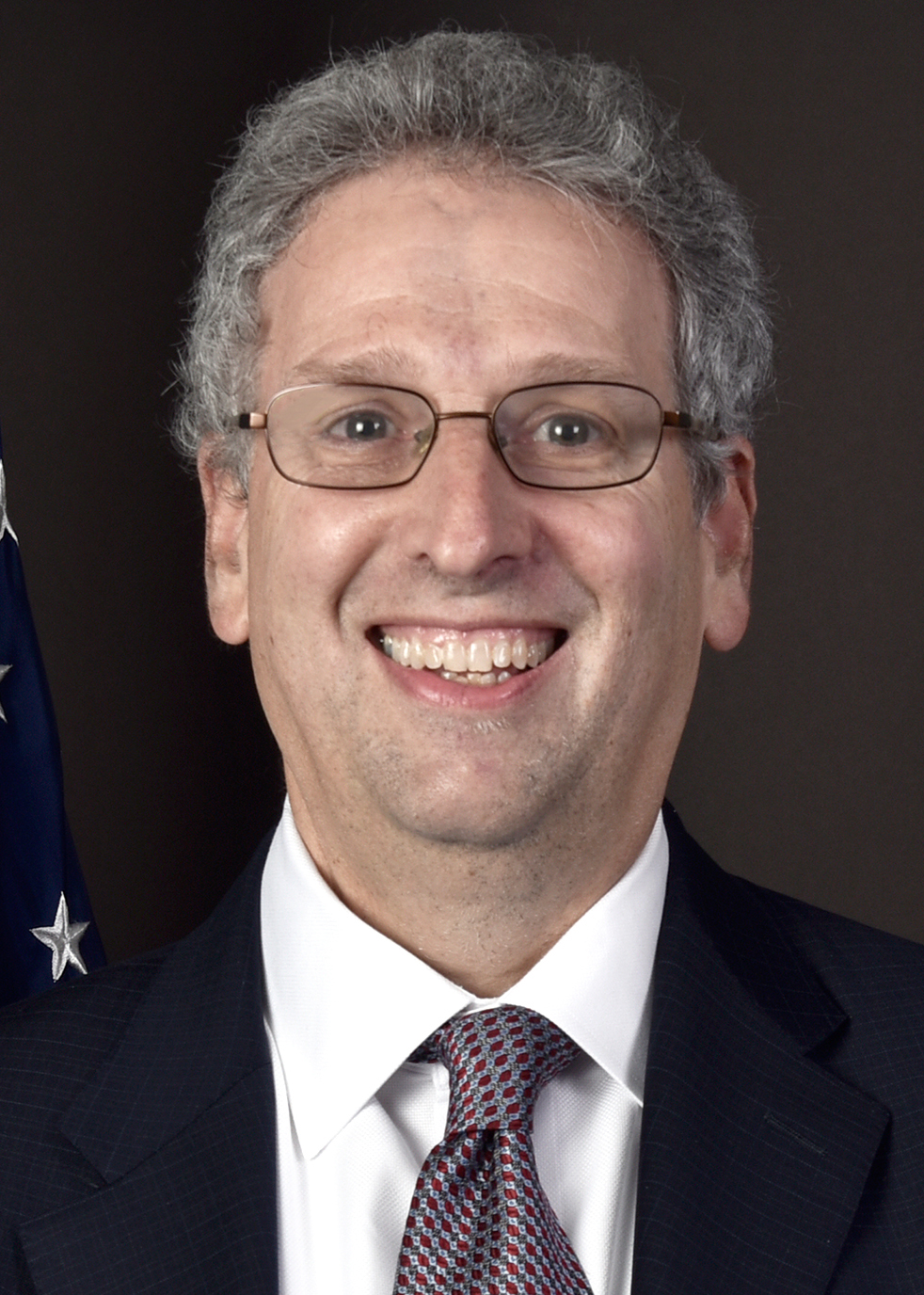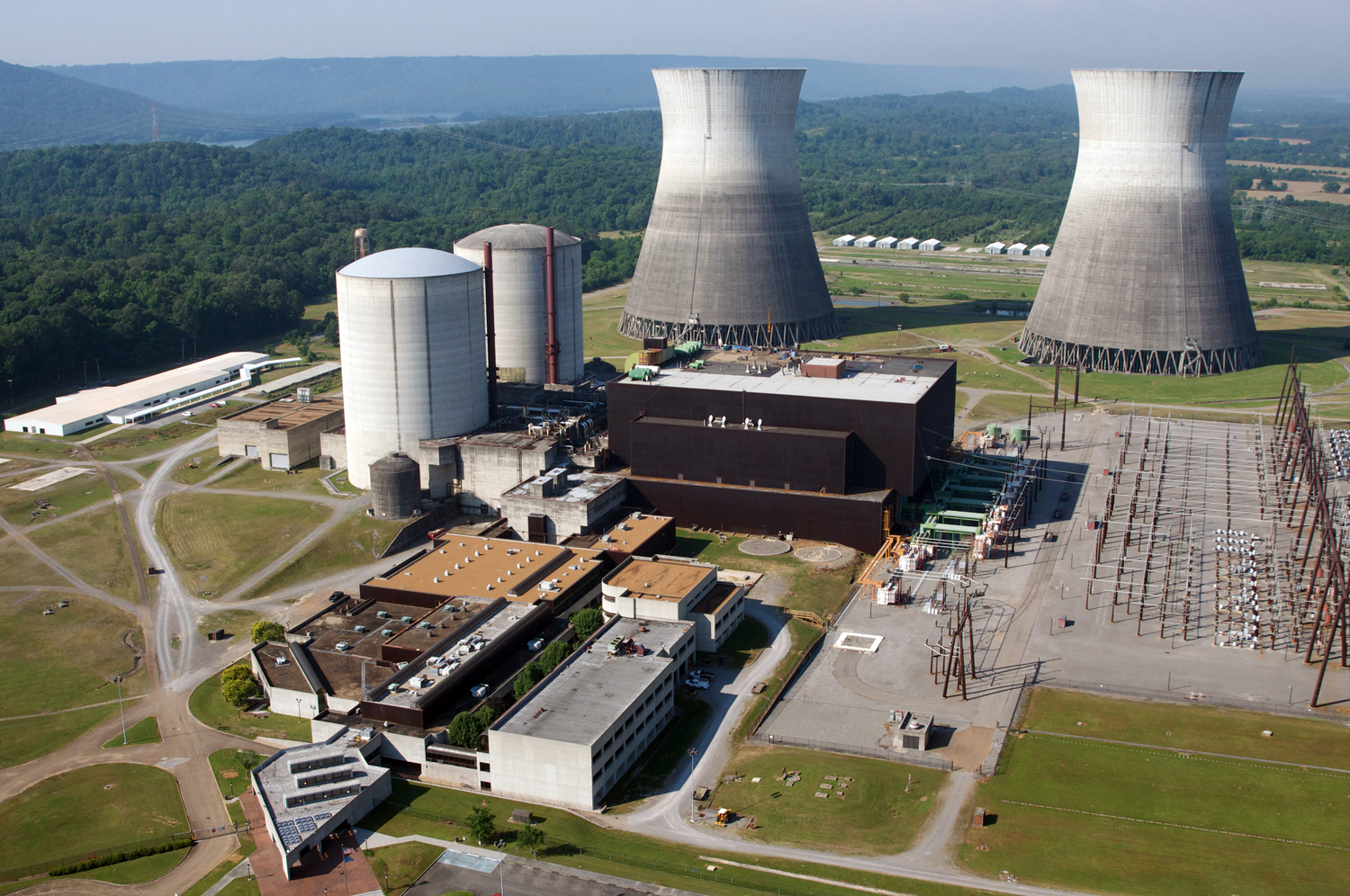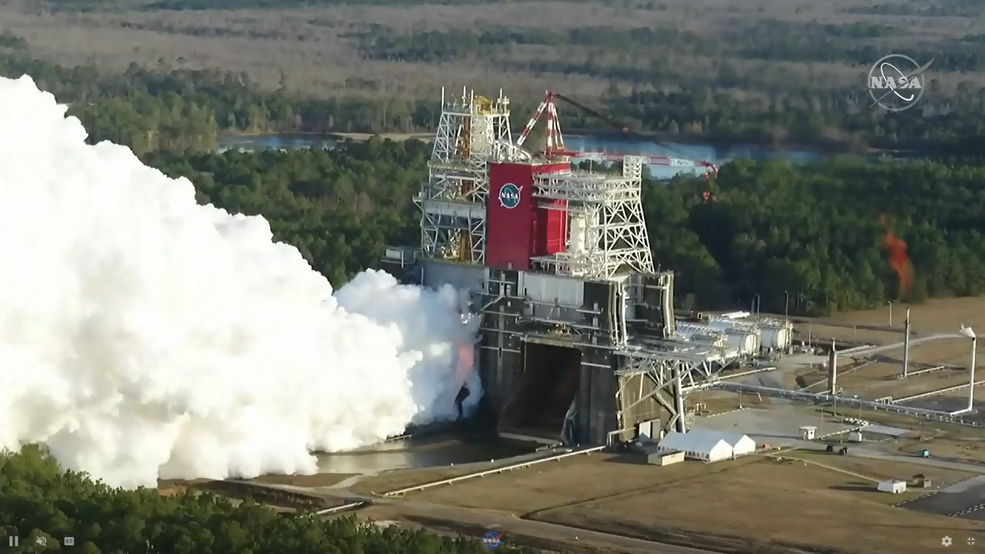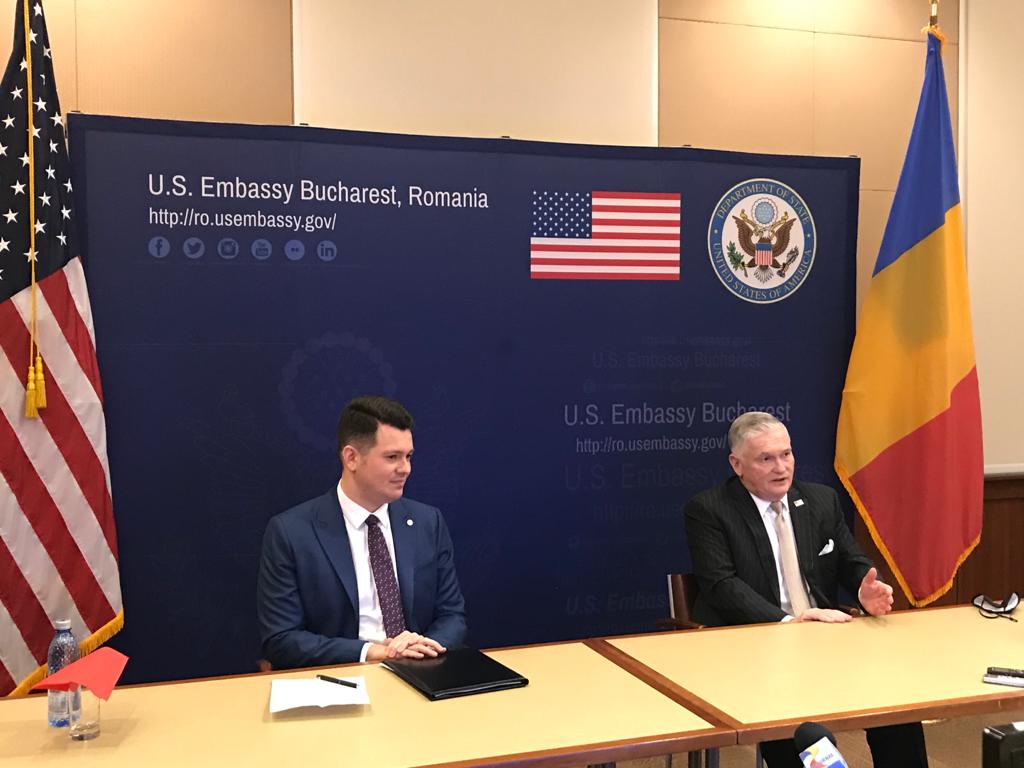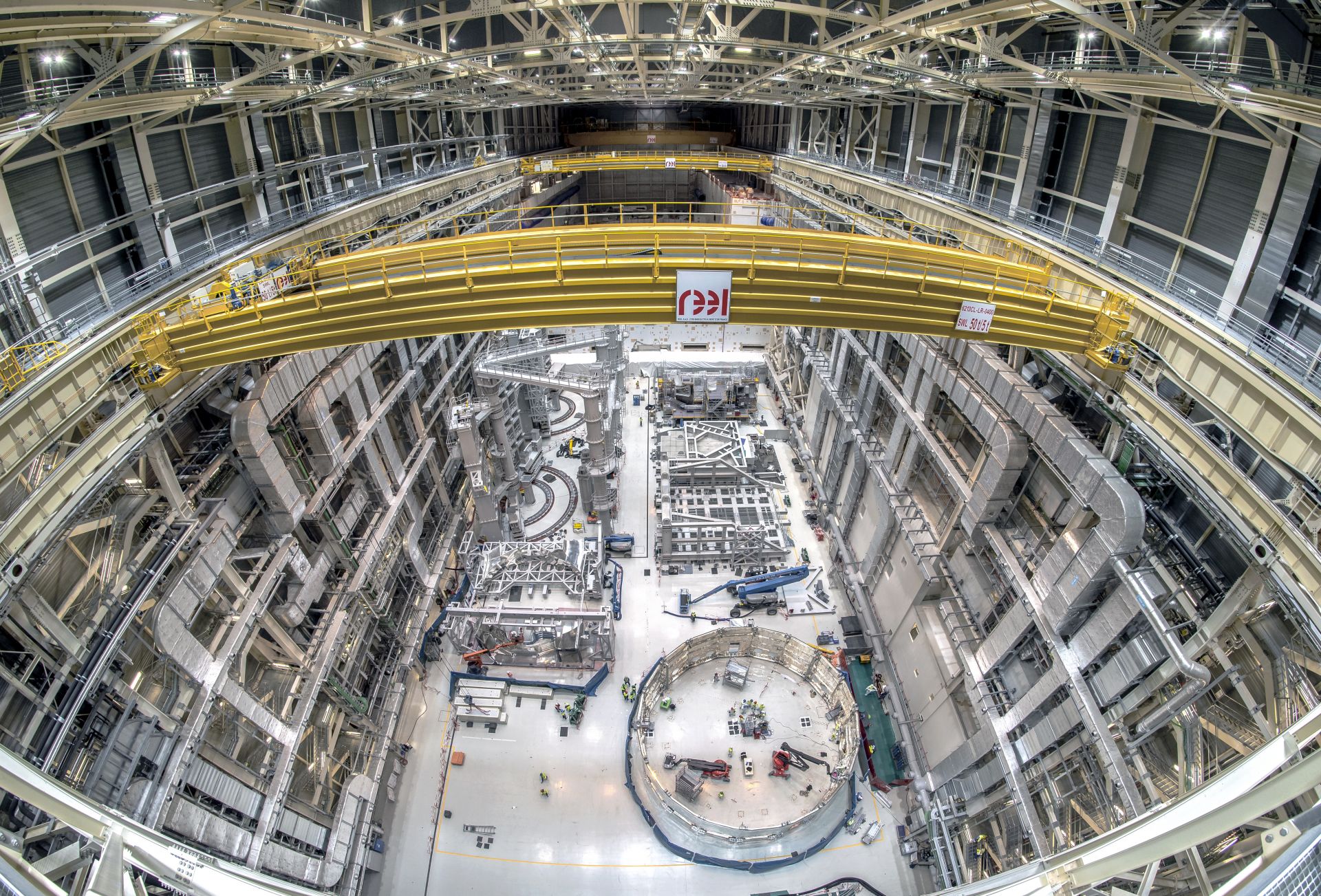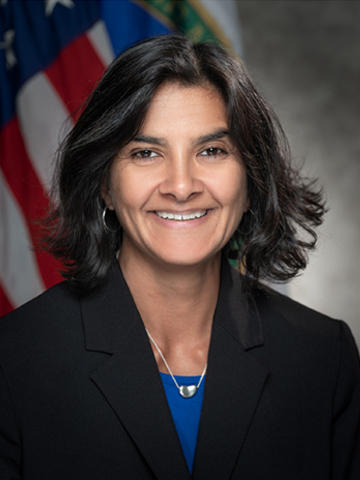NRC accepts Point Beach SLR application
The Nuclear Regulatory Commission has accepted for review NextEra Energy’s subsequent license renewal (SLR) application for its Point Beach reactors, making them the fifth and sixth units currently under consideration for a second 20-year license renewal. (SLR applications for Dominion Energy’s North Anna-1 and -2 and Surry-1 and -2 are also being reviewed, while SLR approval has been granted for Exelon’s Peach Bottom and NextEra’s Turkey Point units.)
NextEra submitted the SLR application in November of last year—the first such application involving a Midwestern nuclear plant. The NRC approved the plant’s initial license renewal in December 2005, allowing Unit 1 to operate through October 5, 2030, and Unit 2 through March 8, 2033.



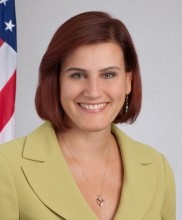 President Biden has appointed
President Biden has appointed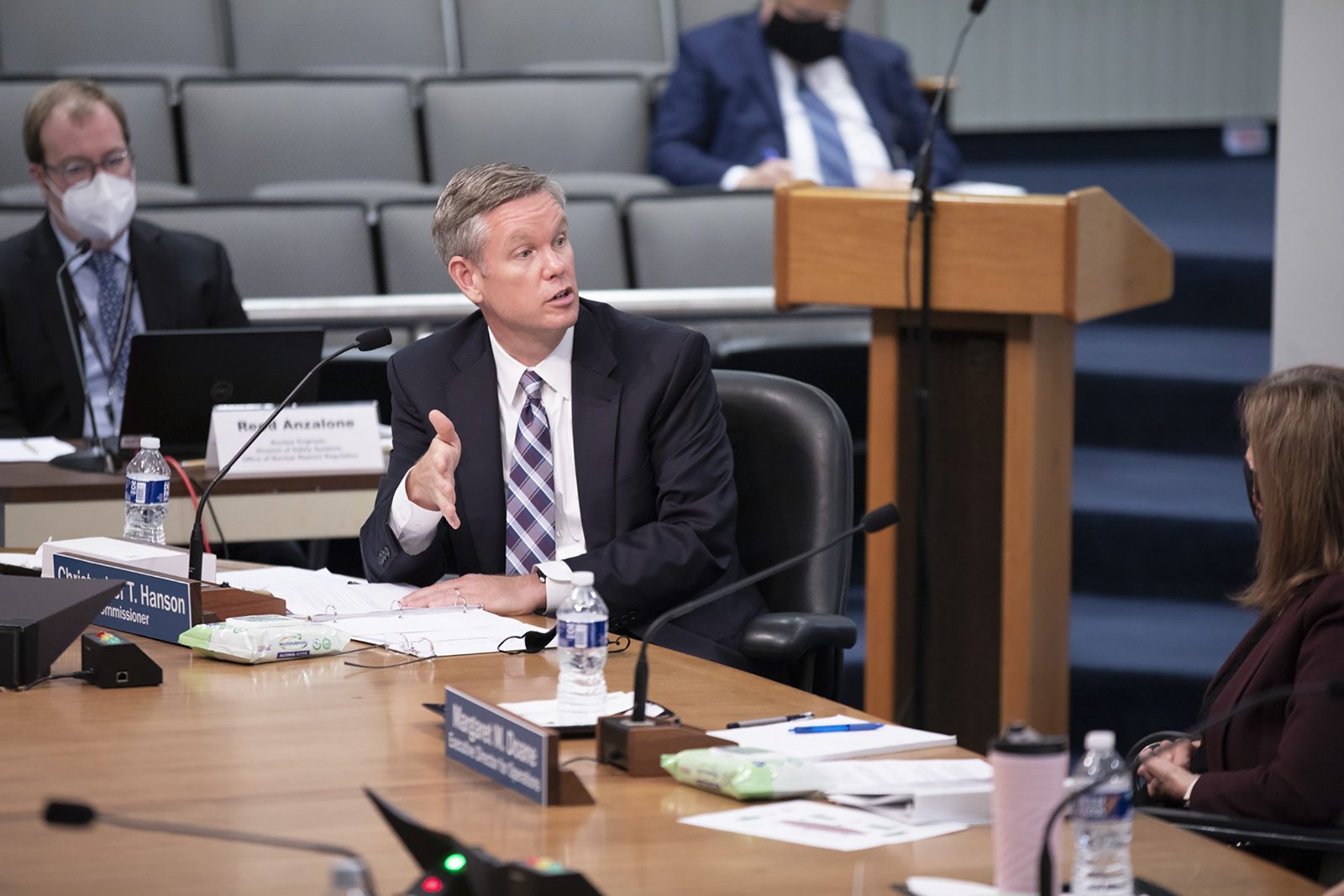
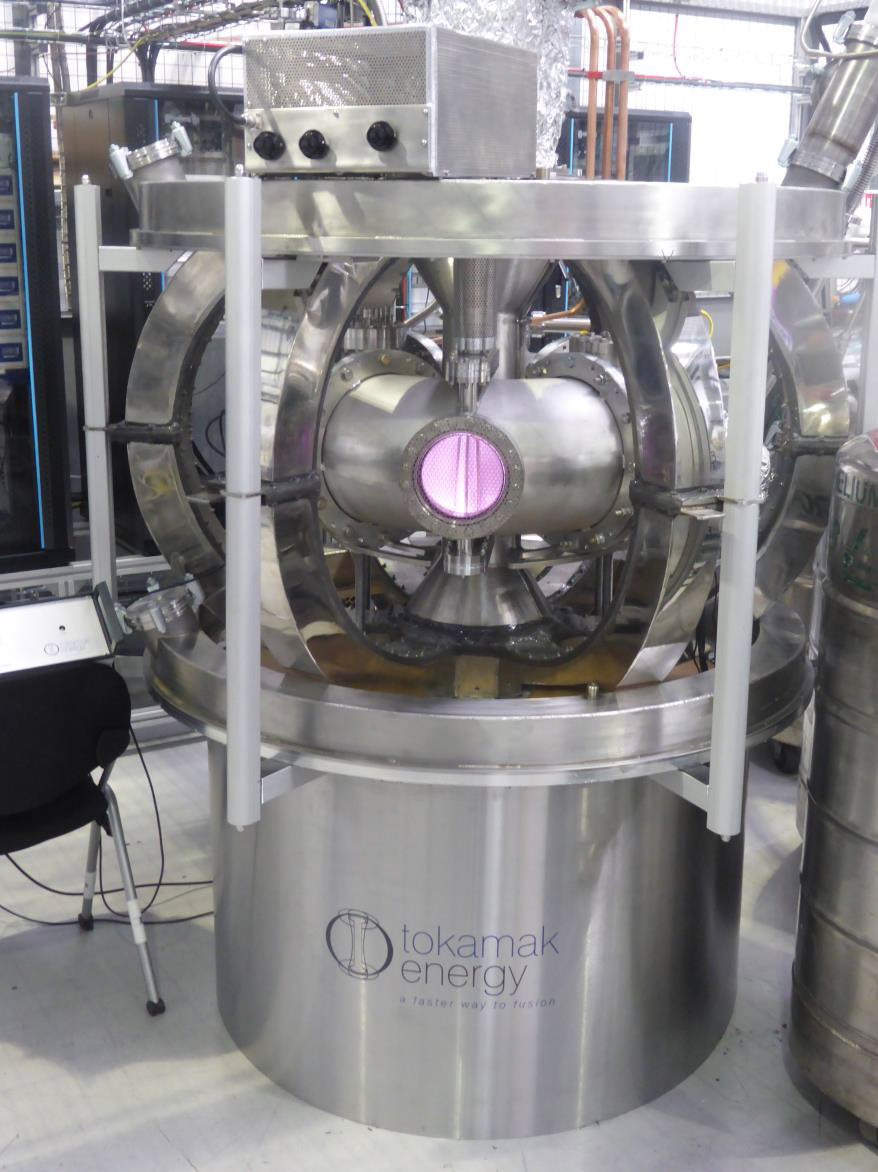

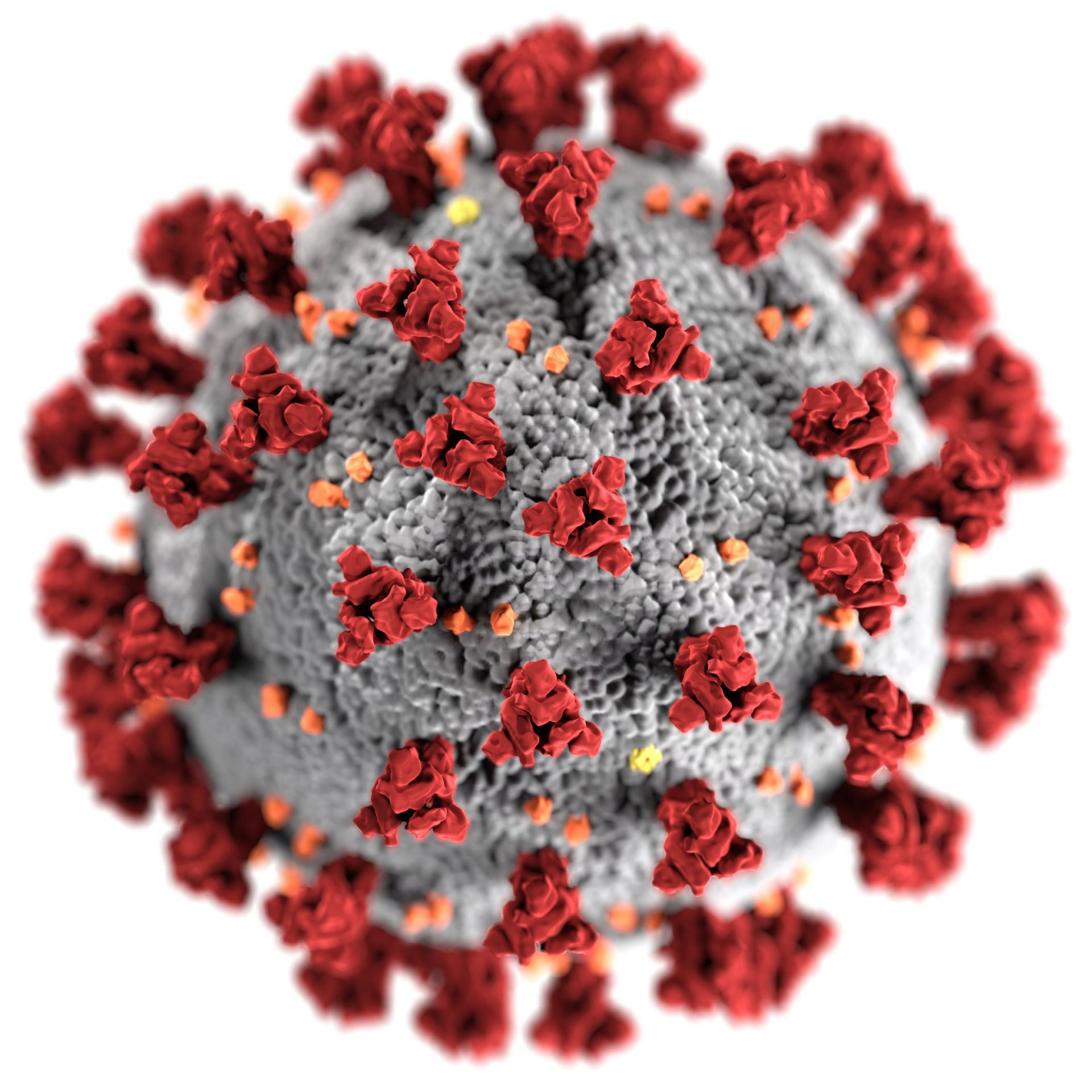 Five former chairmen of the U.S. Nuclear Regulatory Commission—Stephen Burns, Allison Macfarlane, Nils Diaz, Richard Meserve, and Dale Klein—
Five former chairmen of the U.S. Nuclear Regulatory Commission—Stephen Burns, Allison Macfarlane, Nils Diaz, Richard Meserve, and Dale Klein—